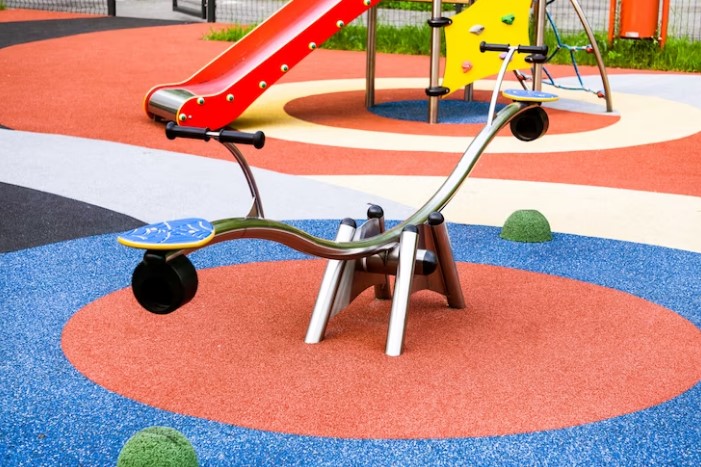
Playgrounds are vibrant hubs of joy and exploration for children, offering a diverse range of equipment and play structures. Safety remains a paramount concern in these spaces, prompting the establishment of protective surfacing standards by ASTM (American Society for Testing and Materials). While ensuring a safer environment for kids at play, it's essential to understand that not all playground equipment necessitates the same level of protective surfacing. Certain ground-level play elements are exempt from these regulations, offering a clearer picture of where specific safety measures are required.
Guidelines Provided by ASTM
The protective surfacing guidelines outlined by ASTM are primarily directed toward elevated equipment where falls from certain heights could pose a risk of severe injury. However, there are exceptions to this mandate. Ground-level playground surfacing options such as rubber mulch, pea gravel, and wood chips situated at ground level do not fall under the strict requirements for protective surfacing. These surfacing options, being at or near ground level, inherently pose lesser risks for fall-related injuries due to their proximity to the ground.
Sand, often adored by children for their imaginative play, typically has low sides allowing easy access and exit, reducing the potential for fall-related accidents. Concrete, grass and dirt, and ground-level activity walls intended for interactive and tactile experiences, are not recommended as options for playground surfaces as they pose a risk for injuries while children play.
Understanding the exemption of various playground surfacing elements from protective surfacing regulations is crucial for playground planners, designers, and caretakers. While these structures don't require specific protective surfacing, ensuring a safe and well-maintained environment remains essential. Regular inspections, upkeep, and adherence to general safety measures like smooth surfaces, absence of sharp edges, and sturdy construction are still imperative for these exempt elements.
Furthermore, although these ground-level components are exempt, it's vital to ensure that the surrounding area remains adequately safe and free from hazards. Ensuring proper maintenance of pathways leading to these structures and keeping the ground-level surfaces free from potential tripping or slipping hazards becomes an integral part of playground safety protocols.
A Comparison Between Appropriate and Inappropriate Playground Surfacing
|
Appropriate Surfacing
|
Inappropriate Surfacing
|
Conclusion
In conclusion, while ASTM standards play a crucial role in advocating protective surfacing for elevated playground equipment, it's important to recognize the exemption of ground-level play elements such as sandboxes, playhouses, and ground-level activity walls. However, this exemption doesn't diminish the significance of maintaining a safe and hazard-free environment, necessitating ongoing vigilance and care in these play areas to ensure the well-being of children at play.